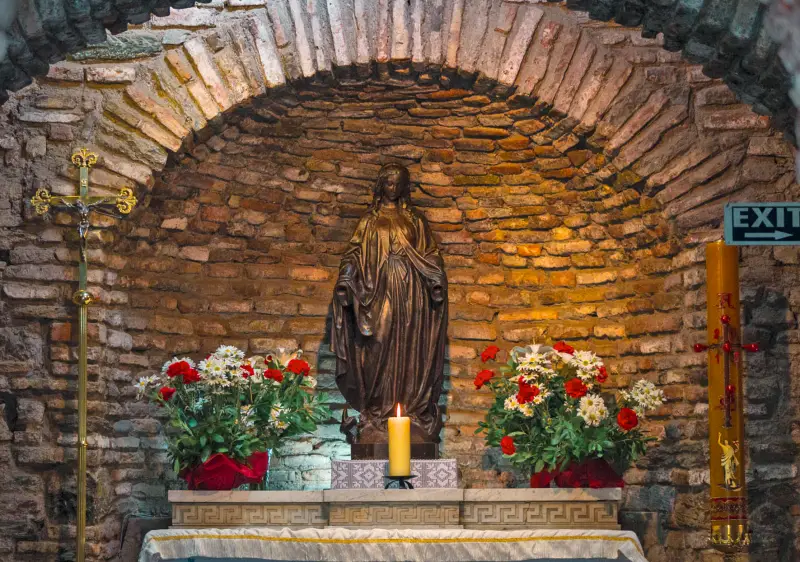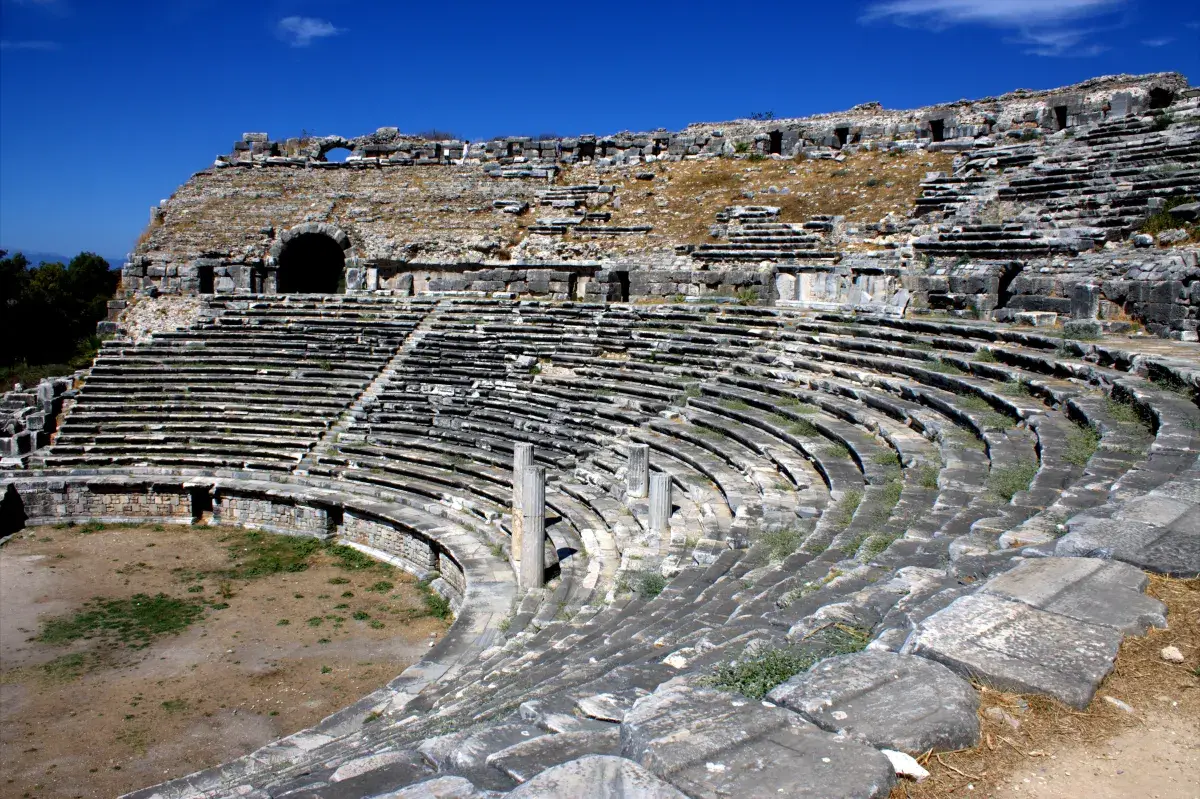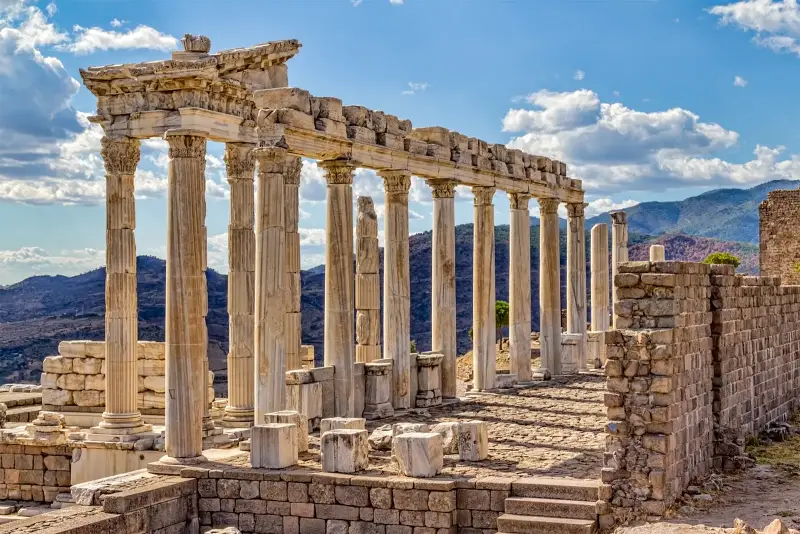Miletus: An Ancient City of Philosophers and Architecture

Exploring the Ancient Wonders of Miletus: A Journey Through Time
As a travel blogger, I’m always on the lookout for unique and historically rich destinations. My latest adventure took me to the ruins of ancient city of Miletus, an ancient Greek city located on the western coast of modern-day Turkey, Aydin Province. In this blog post, I’ll share my experiences exploring this fascinating archaeological site and provide some useful information for those interested in visiting.
A Walk Among the Ruins of Miletus
My journey through Miletus began with a leisurely walk among the incredible ruins, each structure holding a unique tale of the city’s storied past. As I strolled through the ancient streets, I could almost feel the echoes of history reverberating through the air. Despite the passage of time, many of the ancient structures remain standing, offering a remarkable glimpse into the life and culture of the city’s inhabitants thousands of years ago.
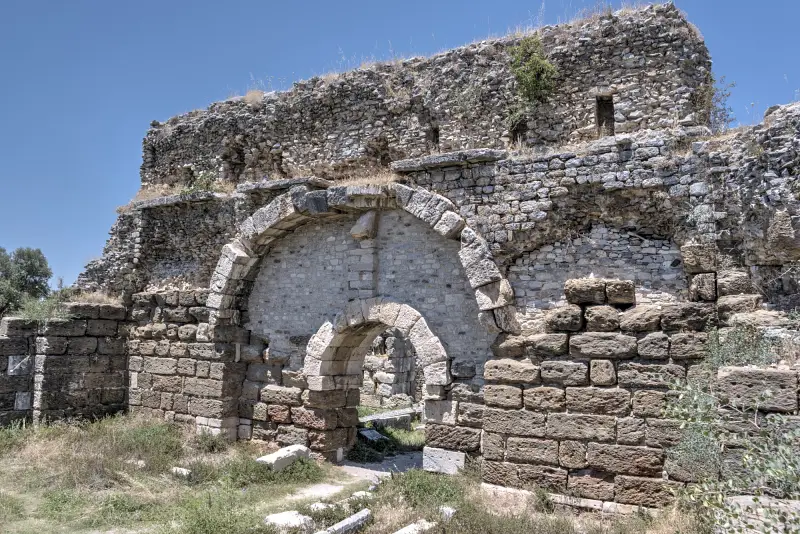
The Theatre of Miletus, one of the largest and best-preserved ancient theaters, was a particular highlight of my exploration. With a seating capacity of over 15,000 spectators, the theater was an important venue for entertainment and public gatherings. I marveled at the sheer size and architectural ingenuity of the structure, as the massive stone blocks formed a semi-circular seating area and a stage that still resonates with the energy of past performances. It was easy to imagine the grand spectacles that once took place here, from dramatic plays and musical concerts to political debates and gladiator battles.
As I continued my walk, I came across the remnants of the once-magnificent agora, the city’s central marketplace and meeting place. Surrounded by colonnades and lined with shops and stalls, the agora was the bustling heart of Miletus. Here, traders and merchants from across the ancient world would gather to exchange goods and ideas, solidifying the city’s reputation as a thriving center of commerce and culture.
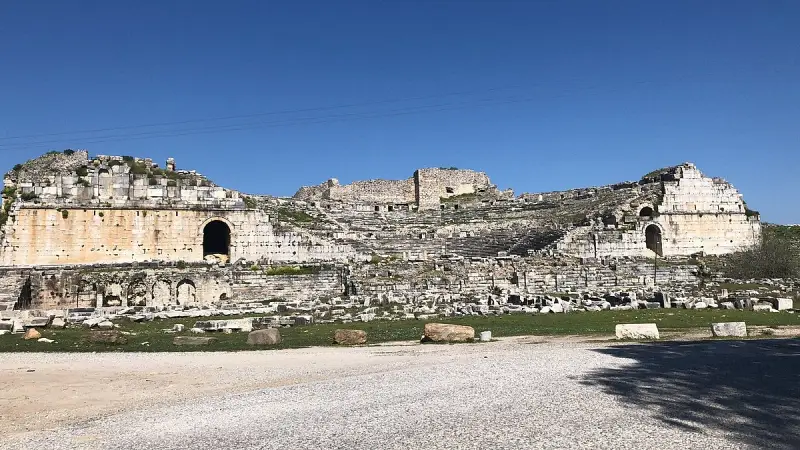
In the distance, I noticed the remnants of the city walls, which once protected Miletus from external threats. These mighty fortifications stood as a testament to the city’s importance and power during its heyday. As I walked along the ancient walls, I couldn’t help but feel a sense of awe at the sheer scale of the city’s past achievements and its lasting impact on history.
The Temple of Apollo and the Baths of Faustina
The Temple of Apollo, another significant landmark in Miletus, showcases the architectural prowess of the ancient Greeks. Although only a few columns remain today, they still convey the temple’s original grandeur. The Baths of Faustina, built during the Roman period, are another remarkable site. These well-preserved baths offer a fascinating insight into the social and recreational activities of Miletus’s inhabitants.
Philosophical Roots: The Milesian School
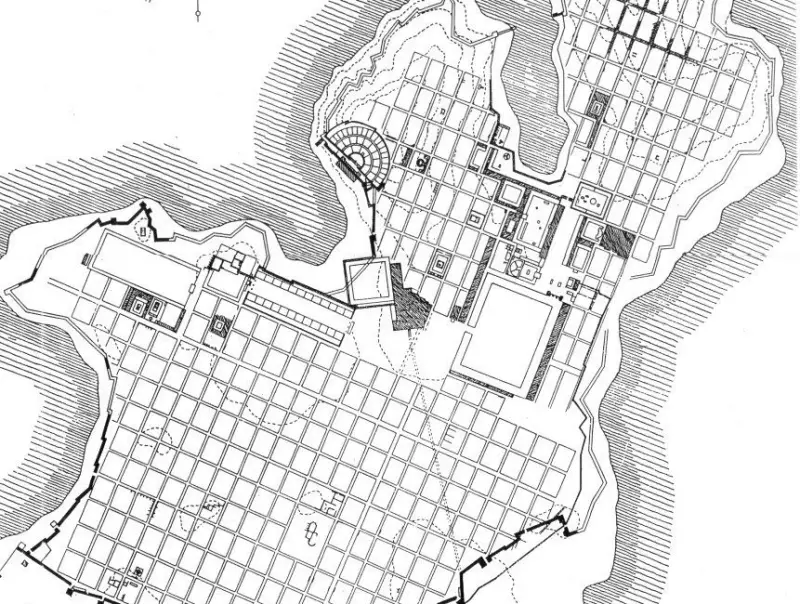
As I wandered through the ancient city, I couldn’t help but be reminded of Miletus’s philosophical legacy. This was the birthplace of the Milesian School, which produced great thinkers like Thales, Anaximander, and Anaximenes. Their groundbreaking ideas laid the foundation for early Western philosophy and science, making Miletus a vital center of intellectual thought.
Where is the ancient city of Miletus?
For those interested in visiting Miletus, the ancient city can be found near the present-day village of Balat in Aydin Province, Turkey. The archaeological site is easily accessible by car or as part of an organized tour. I recommend allocating at least half a day to fully explore the ruins and appreciate the rich history of this once-great city. If you are into history, You should read our blogs about Gobekli Tepe, Karahan Tepe and Boncuklu Tarla!
Is Ancient city of Miletus near Ephesus Turkey?
Yes, Miletus is relatively close to Ephesus Turkey, another prominent ancient city in Turkey. The distance between the two sites is approximately 60 kilometers (37 miles), making it possible to visit both in a single day. However, I would recommend dedicating at least one full day to each site to truly immerse yourself in their respective histories and unique features.
In conclusion, my visit to Miletus was a rewarding and memorable experience. The ancient city’s impressive ruins, rich history, and stunning landscapes make it a must-see destination for any history enthusiast or traveler seeking to explore the wonders of Turkey’s ancient past. Here is the google maps link of the route.
How to Get to the Ancient city of Miletus?
To get to the ancient city of Miletus, you have a few options depending on where you’re traveling from. Miletus is located near the modern-day village of Balat in Aydın Province, Turkey. Here’s a guide on how to get there:
- By air: The nearest airports to Miletus are İzmir Adnan Menderes International Airport (ADB) and Milas-Bodrum Airport (BJV). Both airports have domestic and international flights. From the airport, you can rent a car or take a bus to reach Miletus.
- By car: If you prefer to drive, you can rent a car at airports or from a nearby city. From İzmir, the drive to Miletus takes approximately 1.5 to 2 hours, while from Bodrum, it takes around 1.5 hours. The roads are well-maintained, and the journey provides an opportunity to enjoy the scenic countryside. Here is the google maps link of the city.
- By bus: Buses to the nearby city of Söke are available from major cities like İzmir, Bodrum, and Aydın. From Söke, you can catch a local minibus (dolmuş) or taxi to Miletus, approximately 30 kilometers (18.6 miles) away.
- Organized tours: Many travel agencies offer organized day trips or multi-day tours to Miletus, often combined with other nearby ancient sites like Ephesus, Priene, and Didyma. These tours usually include transportation, a guide, and sometimes meals or entrance fees. This option can be convenient if you prefer not to worry about transportation and would like a guided tour of the archaeological site.

